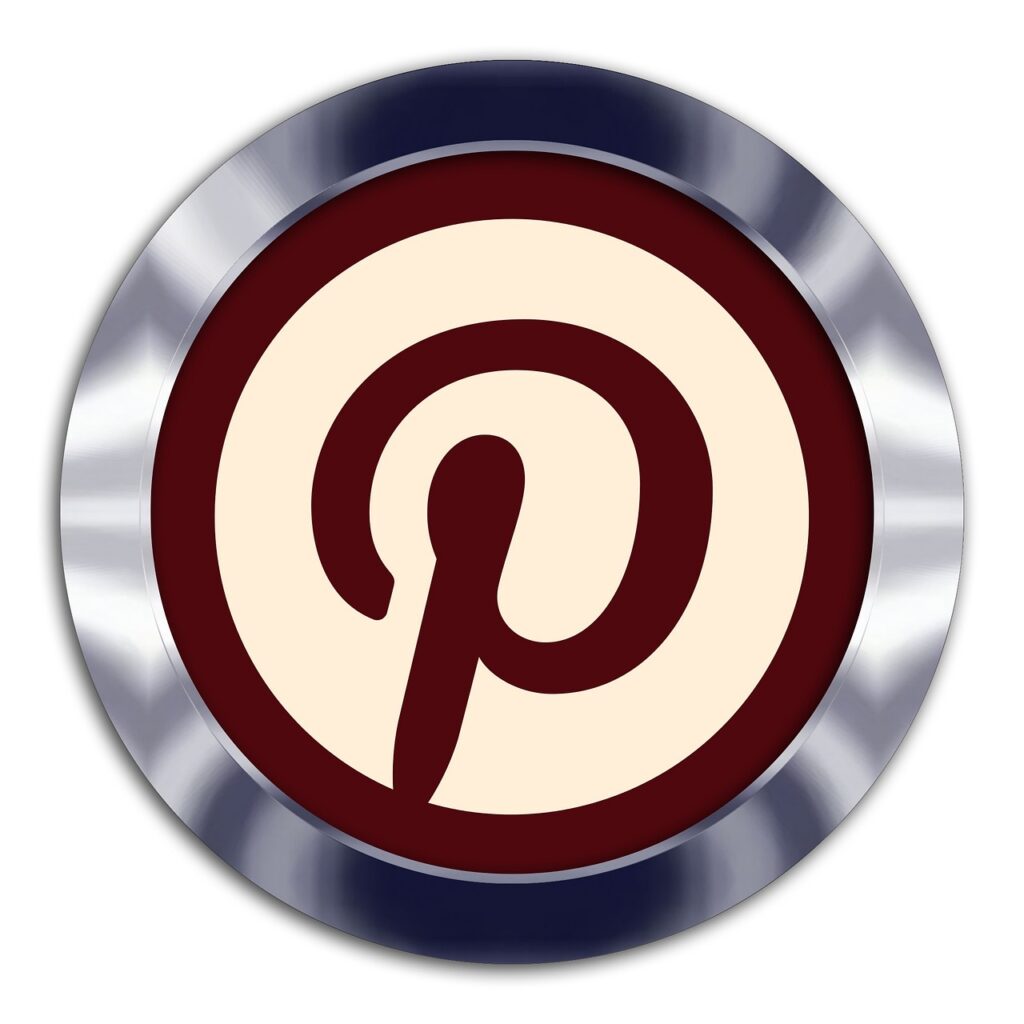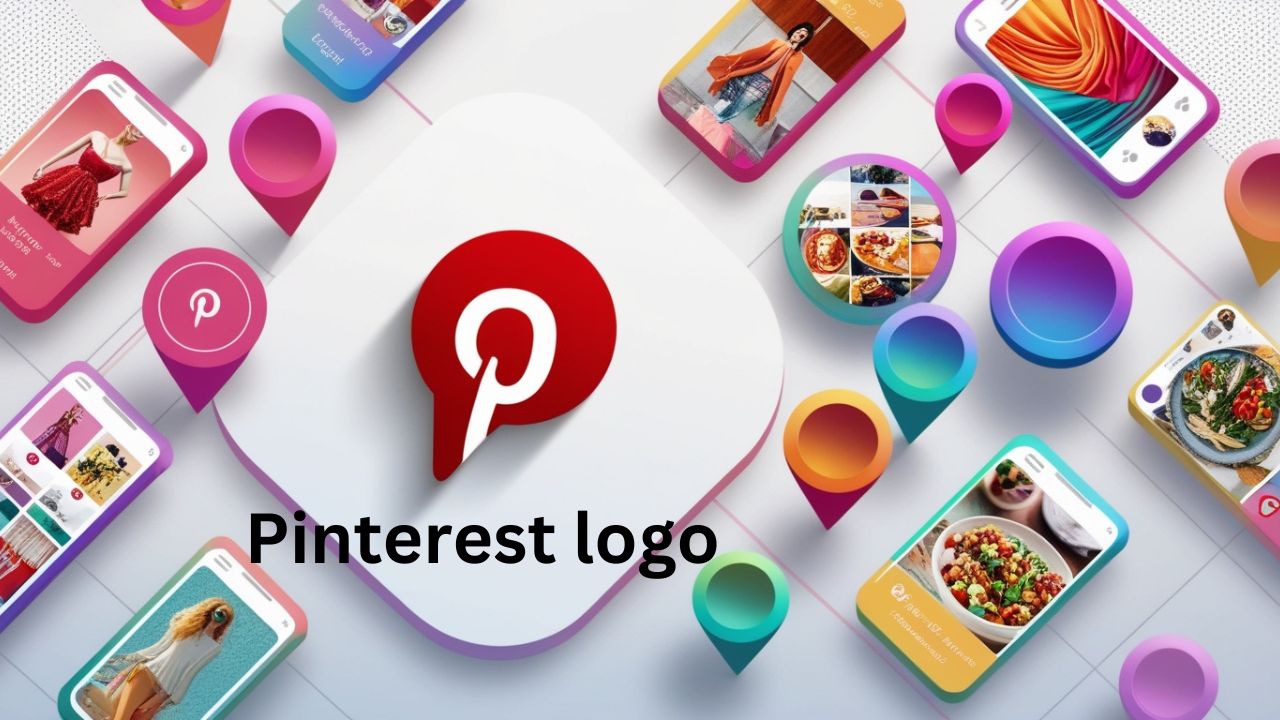The Pinterest Logo A Symbol of Creativity
The Pinterest logo is one of the most recognizable symbols in the digital world. It represents a platform that has become a go-to resource for creativity, inspiration, and discovery. Whether planning a wedding, redecorating your home, or looking for new recipes, Pinterest has a visual idea for everything. The logo, with its simple yet iconic design, embodies the essence of what Pinterest stands for a place to “pin” ideas and share them with others. In this blog post, we’ll explore the history, design, and significance of the Pinterest logo and how it has evolved to become a symbol of creativity.
The History of the Pinterest Logo
Pinterest was launched in 2010 by Ben Silbermann, Paul Sciarra, and Evan Sharp. The platform quickly grew in popularity, attracting millions of users who loved creating virtual pinboards. The Pinterest logo has undergone several changes since its inception, but its core elements have remained consistent, reflecting the brand’s identity and purpose.
- 2010-2011: The first Pinterest logo was a simple wordmark in a cursive font. The use of red and white was introduced early on, establishing the color scheme that would become synonymous with the brand. The logo’s design was meant to convey a sense of playfulness and creativity, aligning with the platform’s mission to help users discover and share ideas.
- 2011-2017: In 2011, Pinterest introduced a more refined version of its logo. The wordmark was updated with a bolder, more structured font, and the “P” was designed to resemble a pushpin, emphasizing “pinning” ideas. This version of the logo solidified Pinterest’s brand identity and became instantly recognizable.
- 2017-Present: In 2017, Pinterest unveiled a new logo that focused on the “P” symbol. The pushpin-inspired “P” was retained, but the overall design was simplified, making it more versatile and easier to use across various platforms and devices. The red circle surrounding the “P” became a central element, reinforcing the logo’s connection to the brand’s visual identity.
The Design Elements of the Pinterest Logo
The Pinterest logo is a masterclass in minimalism and effective branding. Its design elements are carefully chosen to communicate the platform’s purpose and values.
- Color: The red and white color scheme of the Pinterest logo is not just eye-catching but also meaningful. Red is often associated with passion, creativity, and action—all qualities that Pinterest encourages in its users. The white background provides a clean, neutral canvas red “P” stands out.
- Shape: The circular design of the Pinterest logo represents continuity and inclusivity. The circle is a universal symbol that suggests unity and community, both integral the Pinterest experience. The “P” at the center of the circle resembles a pushpin, reinforcing the idea of pinning ideas and inspirations.
- Font: While the original Pinterest logo featured a cursive font, the current design uses a custom, modern font for the “P” symbol. This choice reflects Pinterest’s evolution from a startup to a major player in the tech industry. The font is clean and straightforward, making the logo easily recognizable at any size.

The Significance of the Pinterest Logo
The Pinterest logo is more than just a symbol—it’s a visual representation of the platform’s mission to inspire creativity and make ideas accessible to everyone. Each time users see the logo, they are reminded of the endless possibilities that Pinterest offers. Whether finding the perfect DIY project, discovering new fashion trends, or planning a dream vacation, Pinterest is a source of inspiration, and the logo encapsulates that essence.
- Brand Recognition: The Pinterest logo has become a powerful tool for brand recognition. Its simplicity and consistency make it instantly recognizable, helping Pinterest maintain a strong presence in the crowded social media landscape.
- User Connection: The logo’s design resonates with users, creating a sense of connection and community. The familiar pushpin “P” invites users to explore, share, and connect with others who share their interests.
- Evolution: The evolution of the Pinterest logo reflects the platform’s growth and adaptation to changing trends. By keeping the core elements intact while making subtle updates, Pinterest has managed to stay relevant and appealing to its global audience.
Conclusion
The Pinterest logo is a perfect example of how effective design can encapsulate a brand’s identity and mission. With its distinctive red pushpin “P” and clean, minimalist design, the logo not only represents the platform but also the creativity and inspiration it fosters. As Pinterest continues to evolve, its logo will undoubtedly remain a symbol of the endless possibilities that the platform offers to millions of users worldwide.
